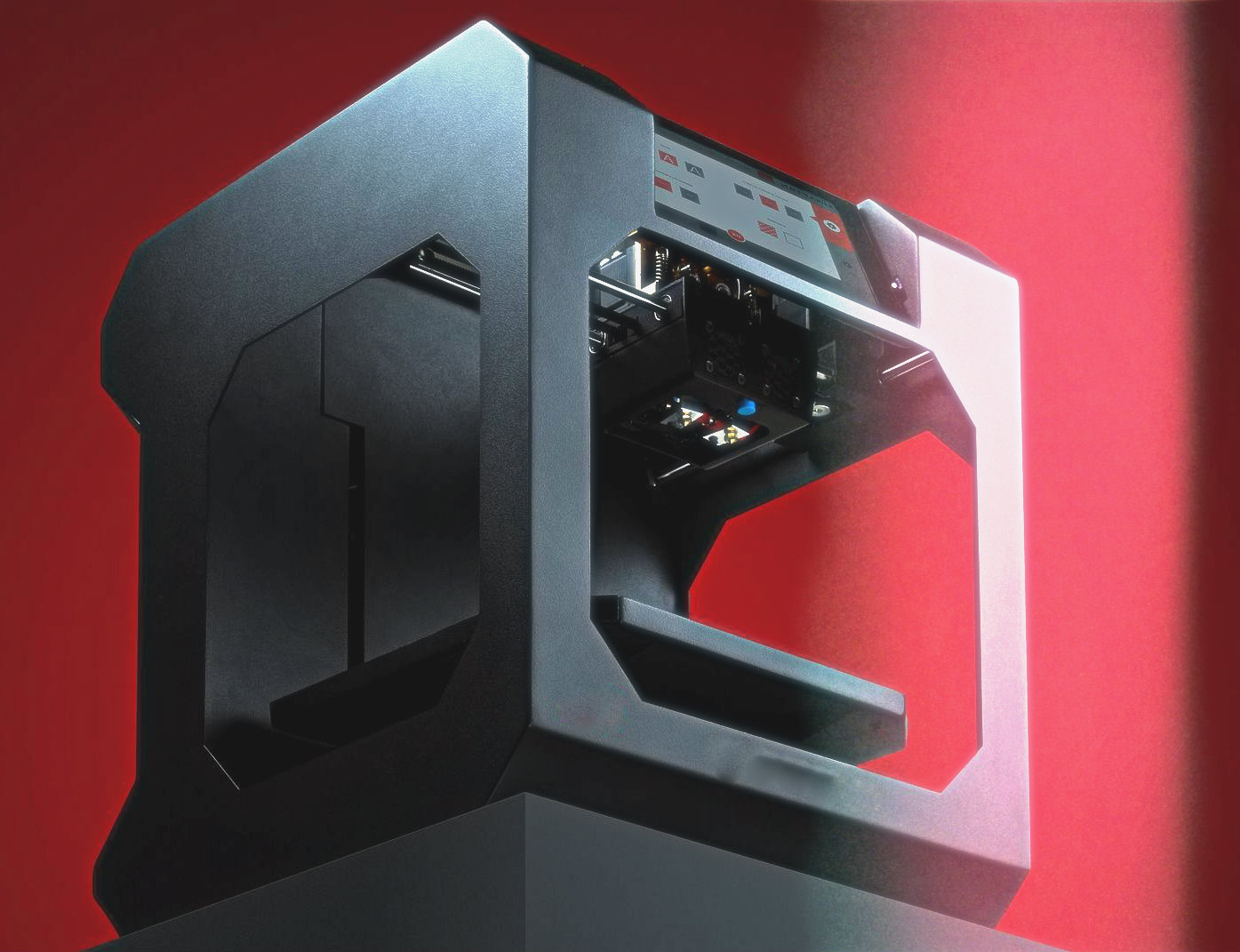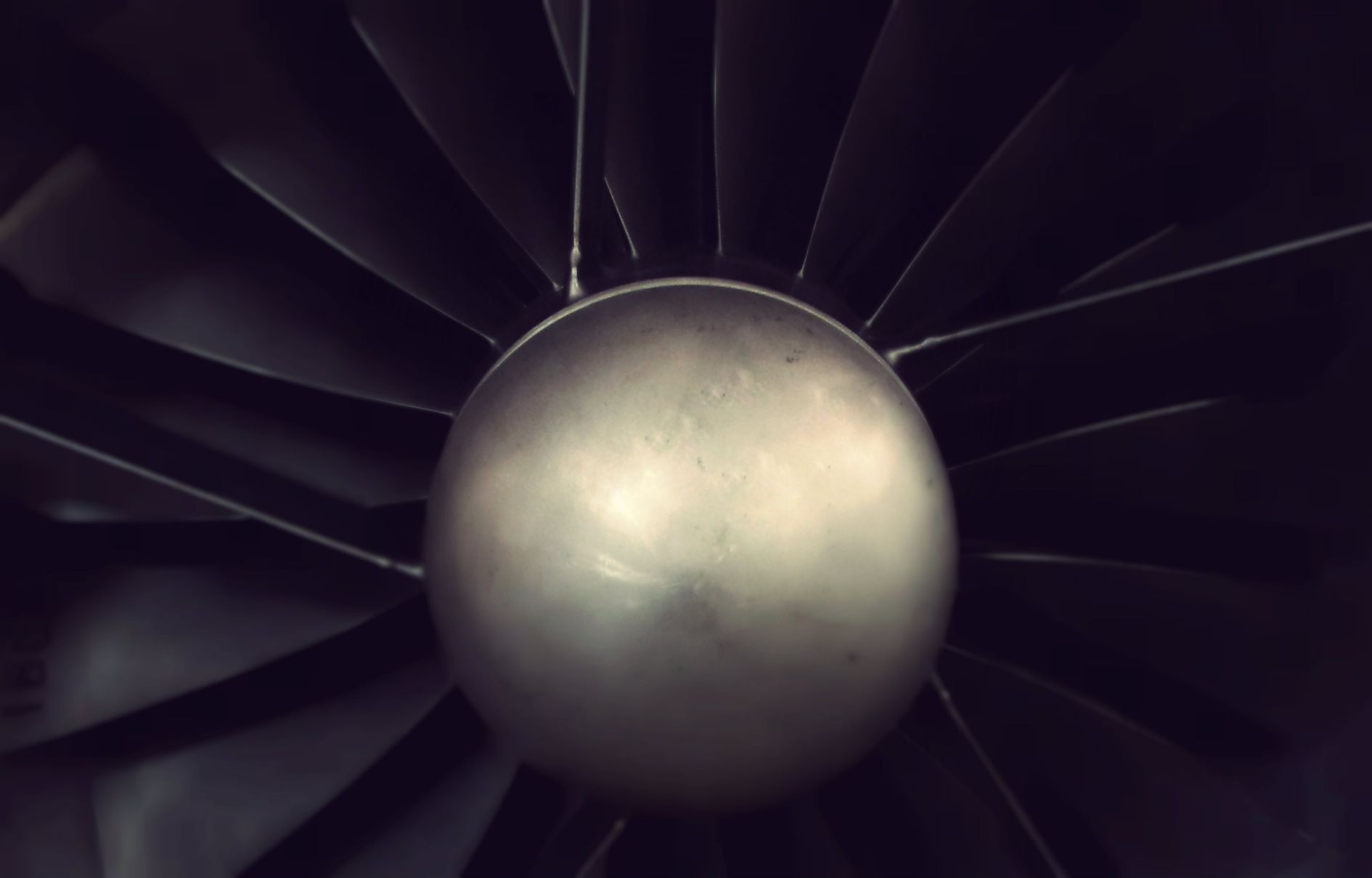Patent Applications for Additive in the United States
There are 6,000 patent documents in the United States regarding additive fabrication. This means the straightforward approach is over and it is almost impossible to prevent one worker from interfering with another. Cross licensing and licensing have become common and now requires a strategy for intellectual property regarding technology and business plans. Most of these patents are to gather competitive intelligence for a defensive and offensive strategy. When benefits are ignored they go to the competitors. Competitors can shut each other down and restrict freedom. The use of intellectual property must be understood to avoid trouble and compete effectively. Most companies do not pay attention to competitors. This can result in an erosion of the company’s place in the technological market. Competitive intelligence is gathering and analyzing information gained from public sources. It is easy to find a competitors brochures, new releases, trade press articles, white papers and SEC filings. The top of the list should be patents. The Importance of the Patent Patents provide information not found anywhere else and the material they contain …


